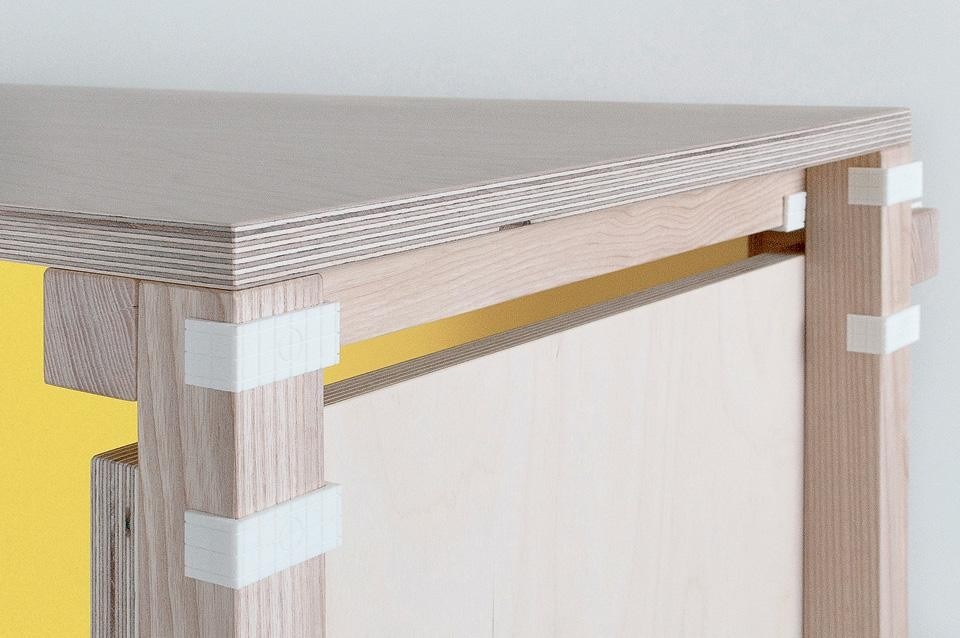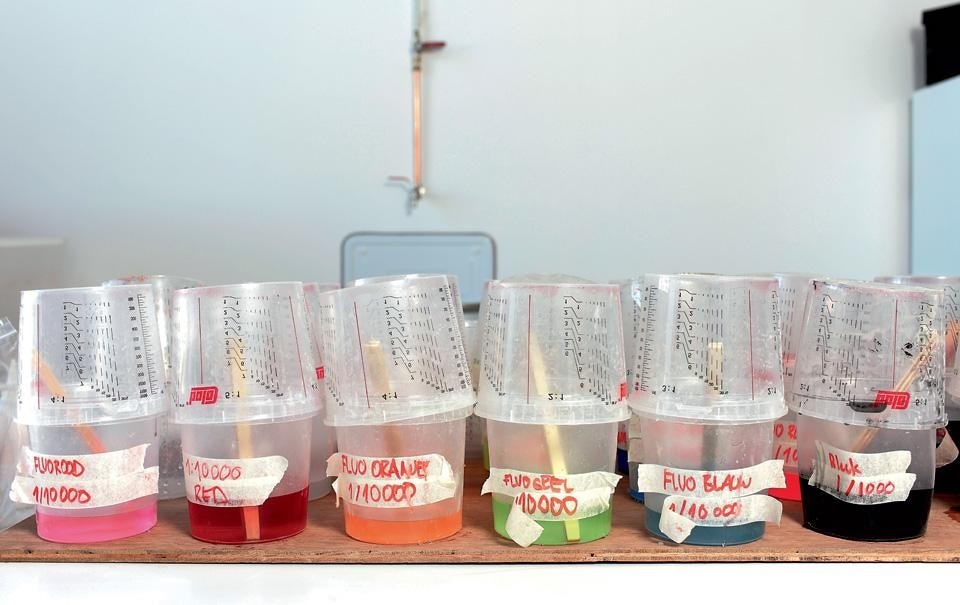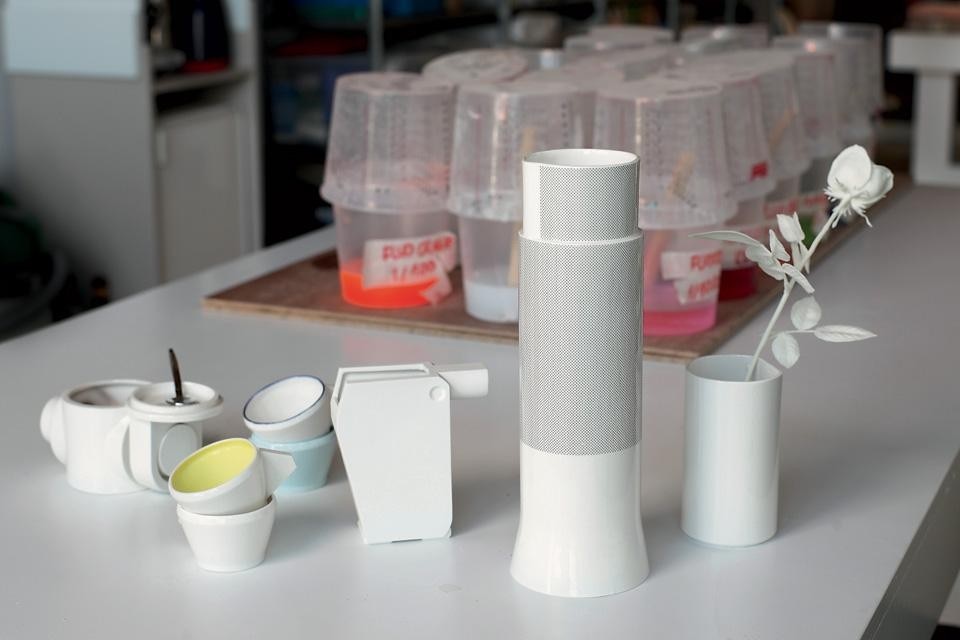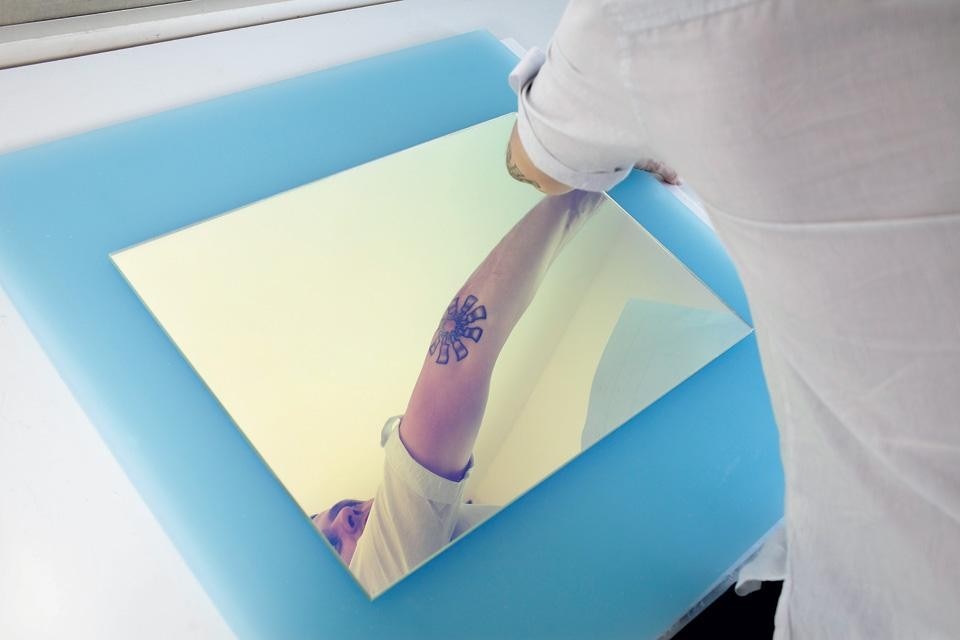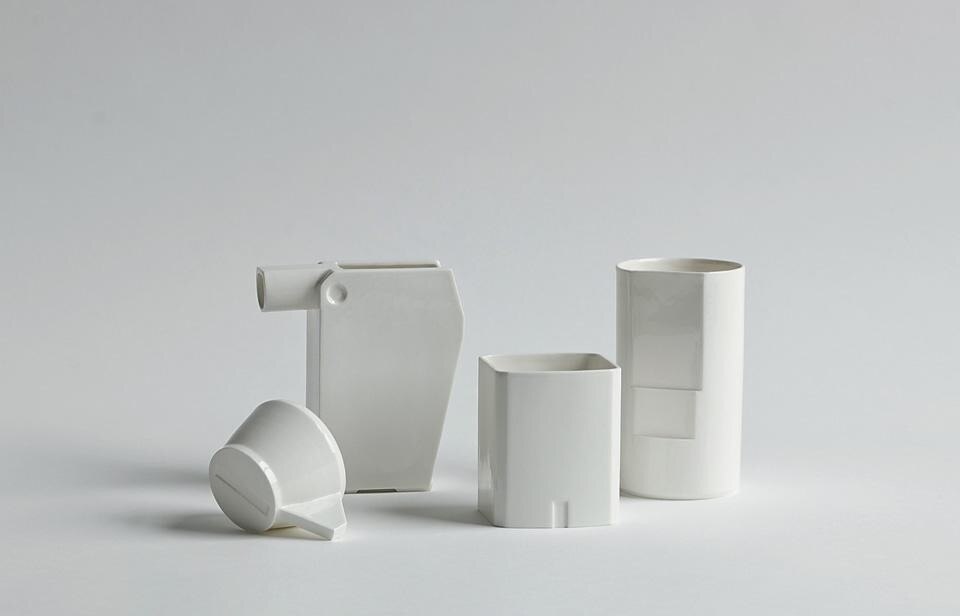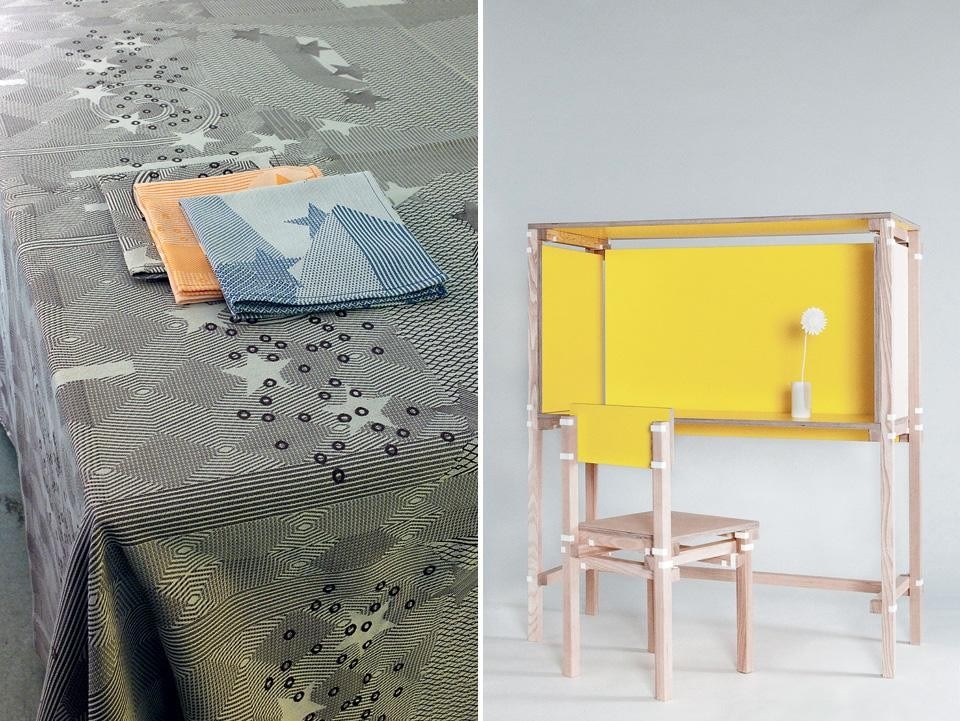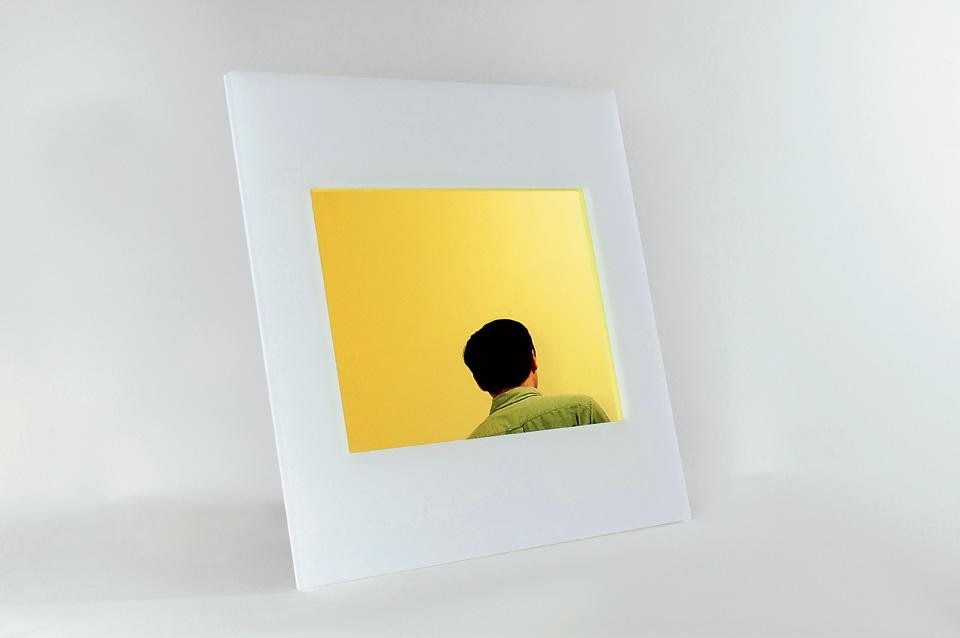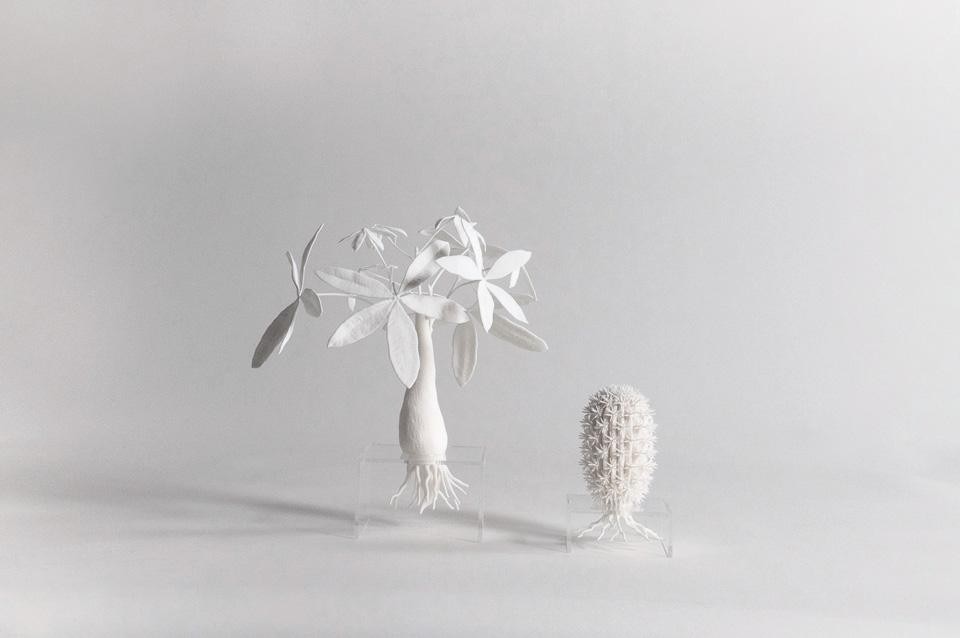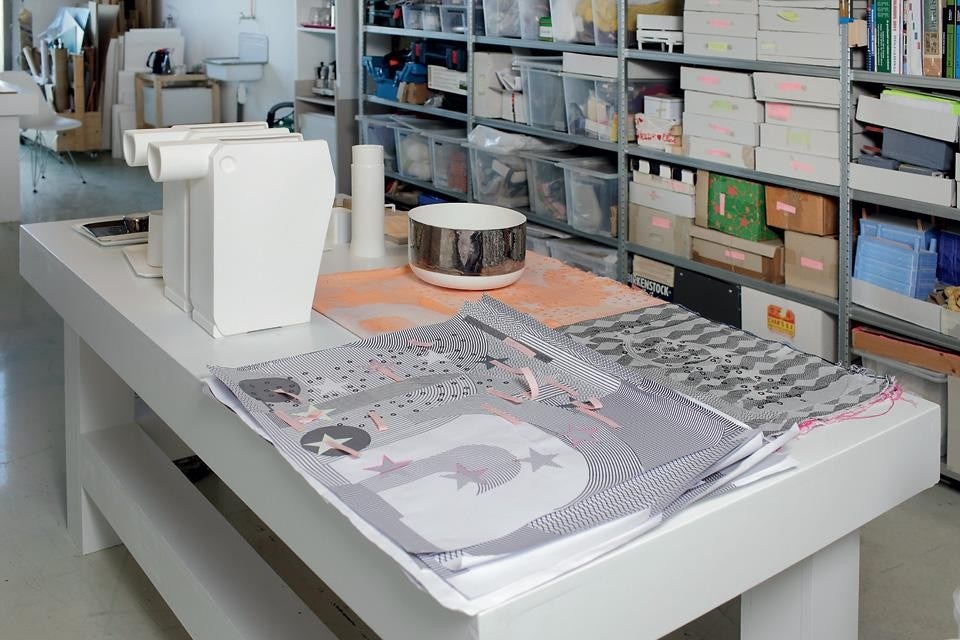With their Inside Out Furniture series, Minale-Maeda are on their way to redefining the design field and opening it up to the consumer. Inside Out Furniture proposes an alternative solution to making and buying affordable, good-looking chairs, tables and benches outside of mass production.
The Inside Out Furniture pieces are easy assemblies of standard wooden beams and sheets, put together with the simple logic of placing one part on top of the other, and kept together with plastic connections that show off the beauty of these simple geometries. As a design project, apart from the clever aesthetics of joinery, Inside Out Furniture is best understood as an effort to redesign a production system, and not as new furniture design. The series proposes to rethink the logistics of the material resources, manufacturing, transport, storage and demand involved in mass production. A key element in the vision of Minale-Maeda is that the designs of their pieces are downloadable and the furniture is produced locally, using readily available wooden parts and 3D-printed joints. As the parts needed to make an Inside Out chair are resources that can be found almost anywhere, at any time, the chair's availability does not depend on whether it will be made or not. From this perspective, the project not only proposes the production of an affordable, easy-to-like piece of furniture, but also gives the consumer the opportunity to ask, "Do I want this chair?" before it has even been made.
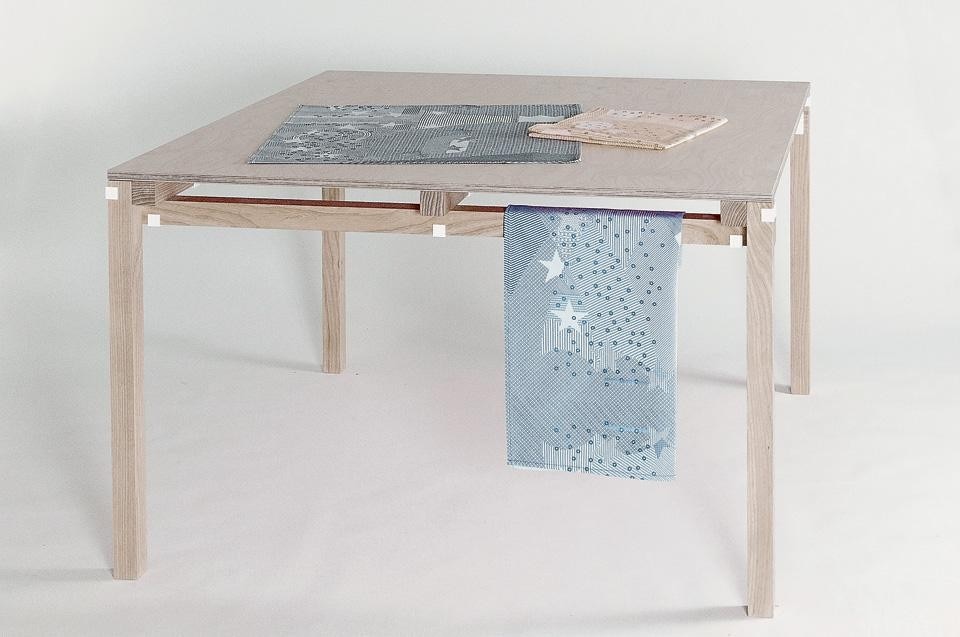
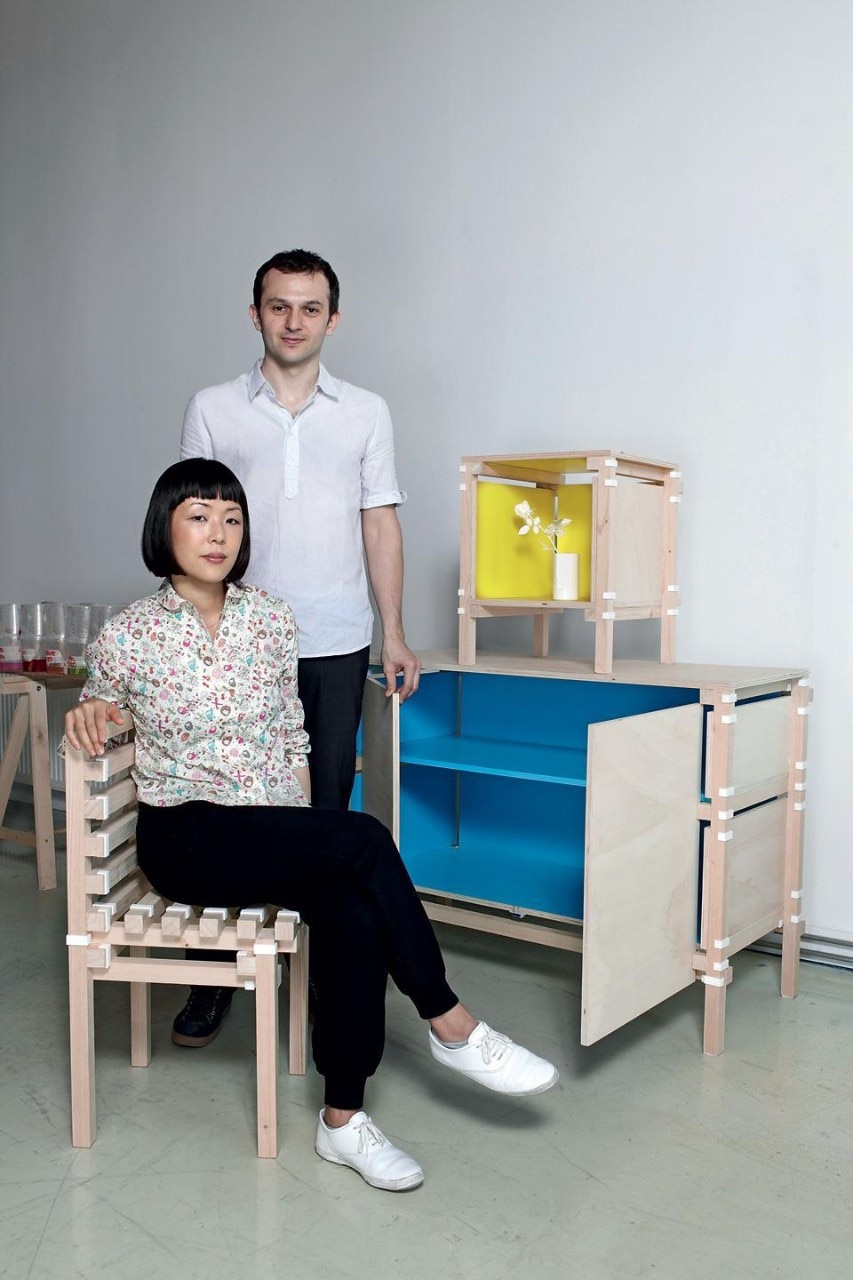
In a fashionable statement-like manner, Minale-Maeda capture ideas concerned with consumerist behaviour. Using 3D-printing technology as the virtual counterpart to the laborious and exhaustive factory, their work provides us with footage of photographic quality, such as the white synthetic plants from the Virtual Florist series, in which we can instantly recognise a preference for paradoxical commentary and a clever application of questioning design.
In a fashionable statement-like manner, Minale-Maeda capture ideas concerned with consumerist behaviour
